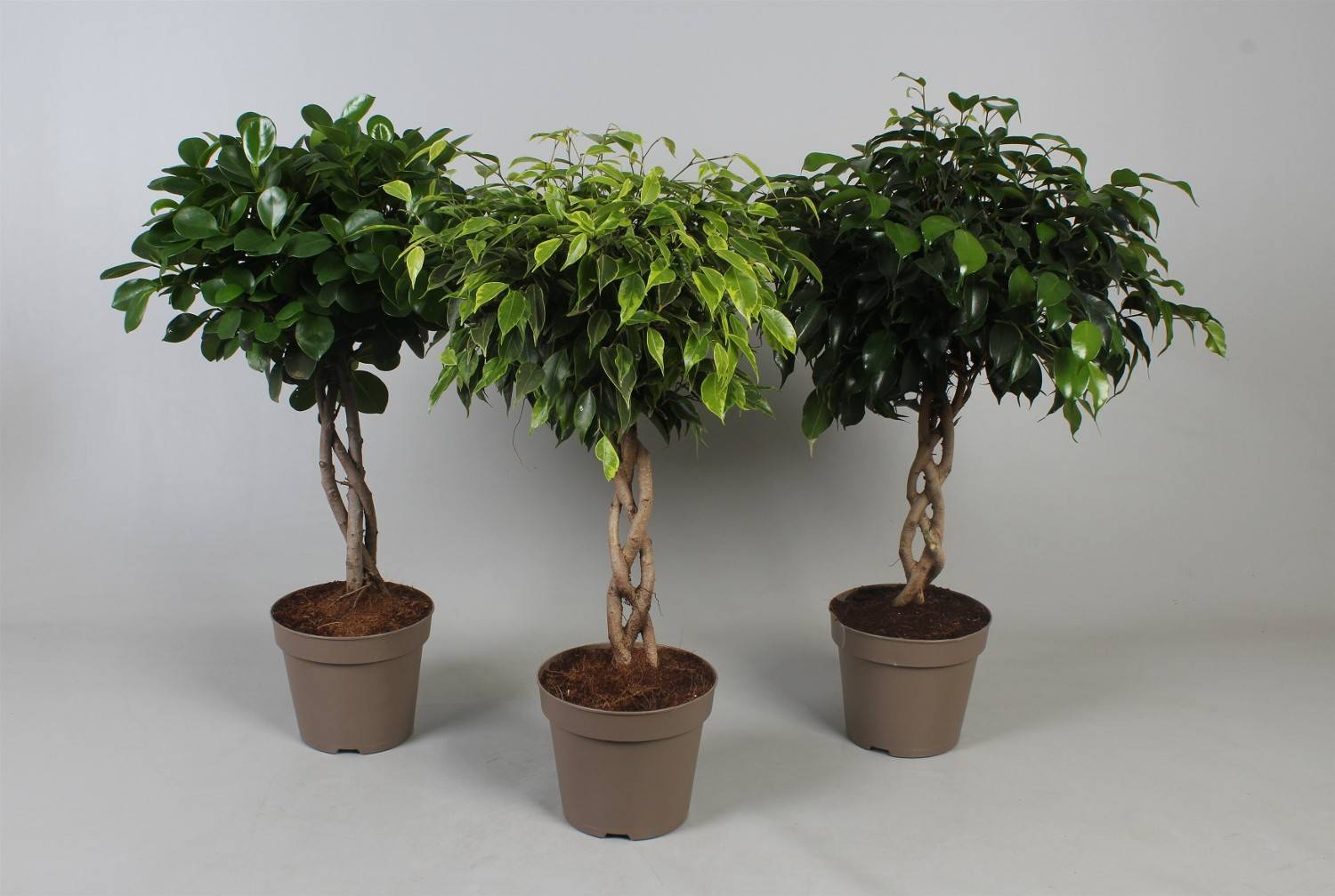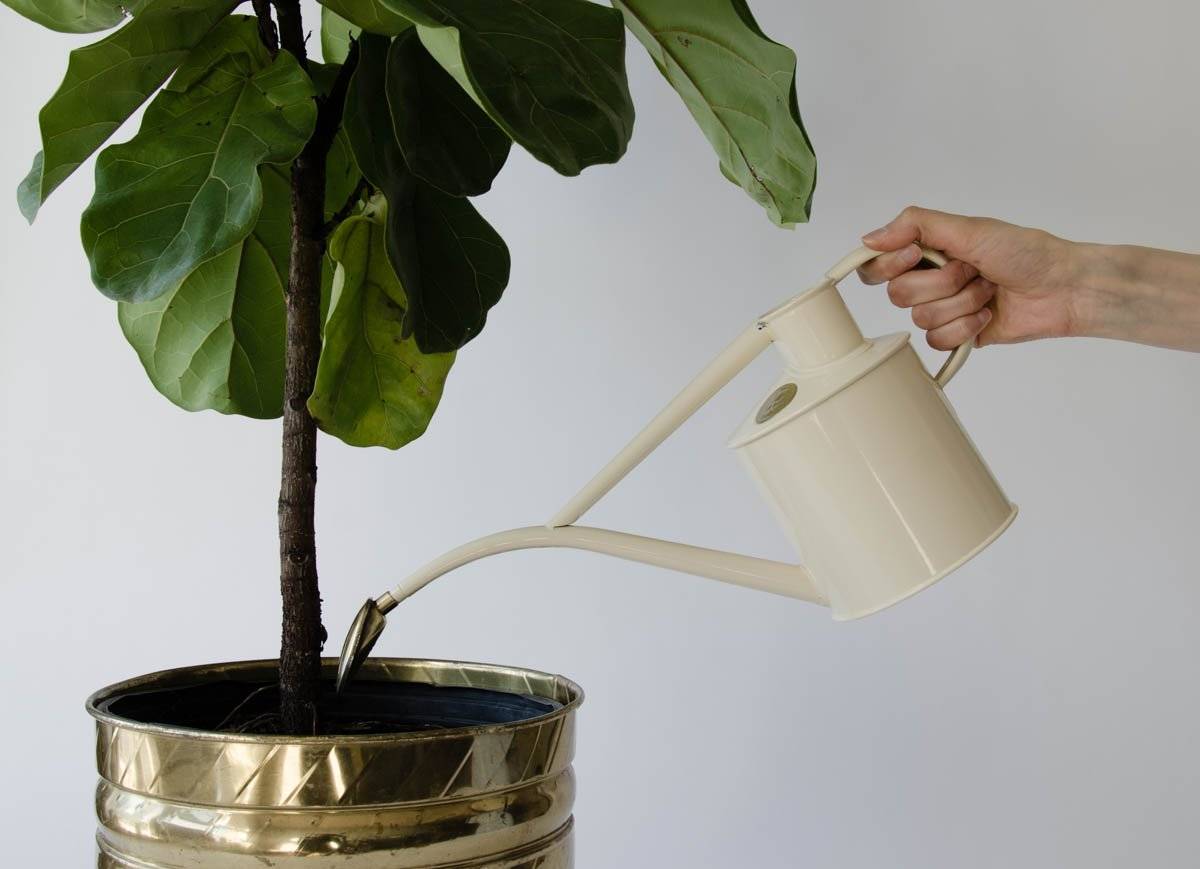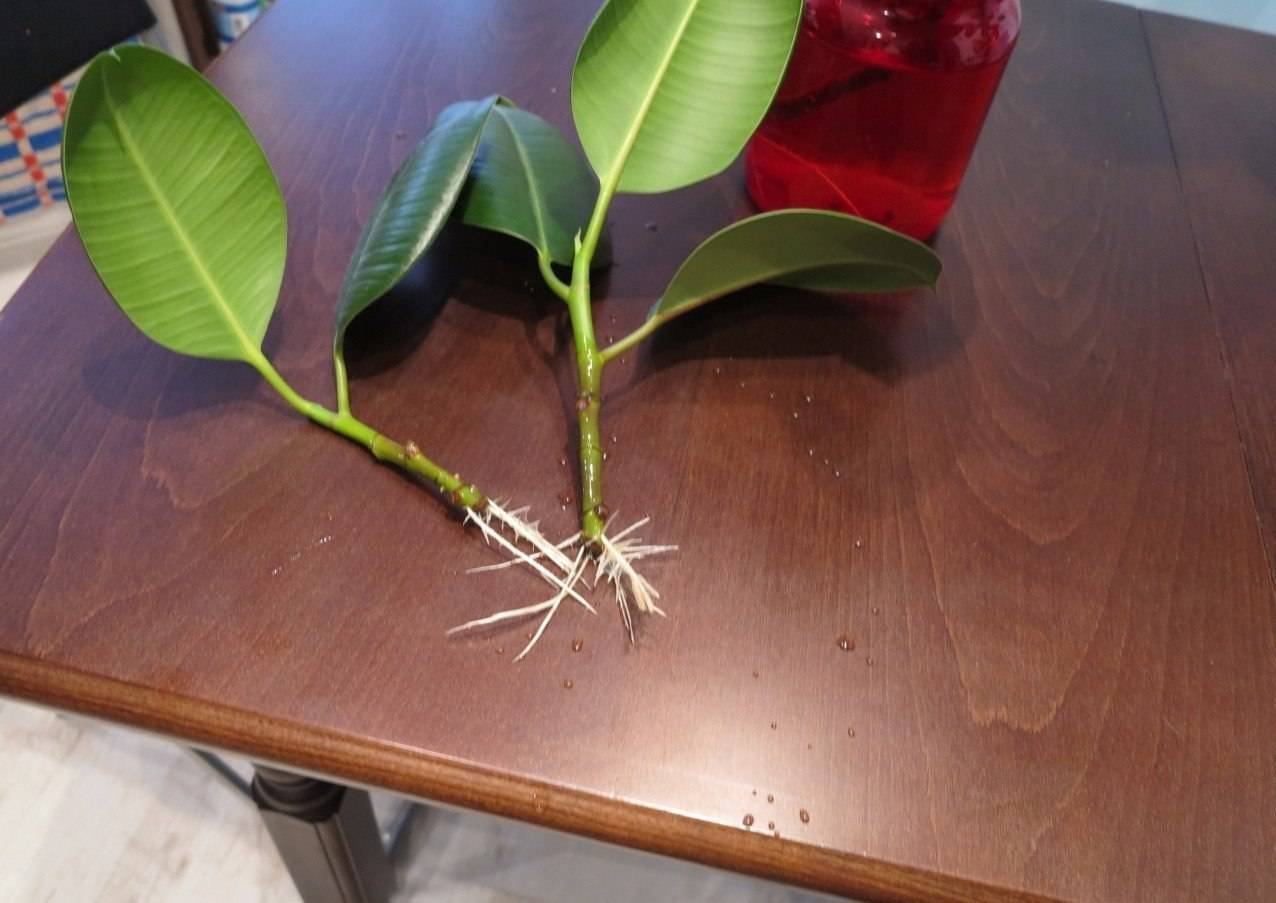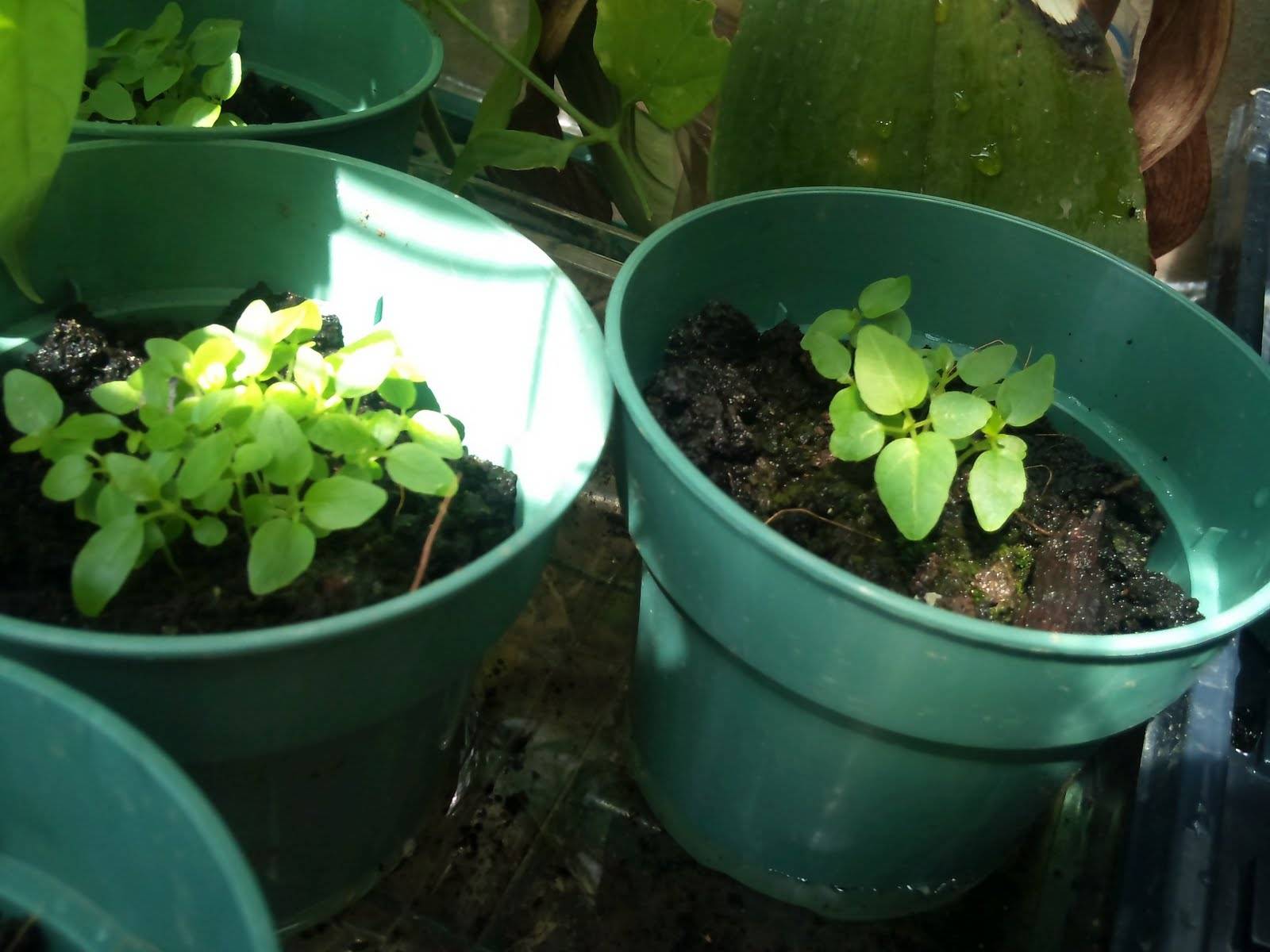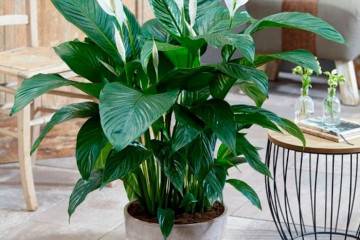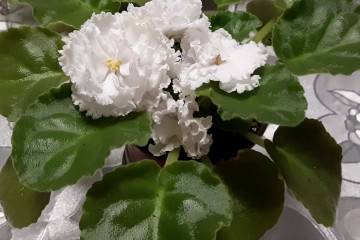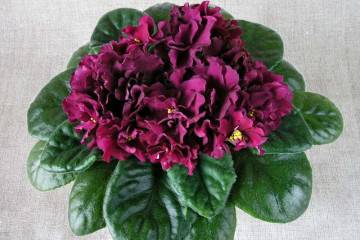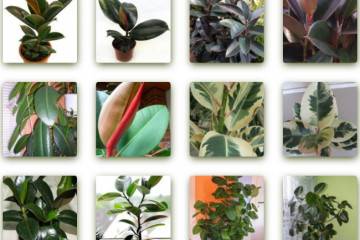Ficus Natasha - description of the flower and home care rules
Content:
Ficus is one of the most common indoor plants. This flower has many varieties. And one of them is called the ficus Benjamin Natasha. It is considered a symbol of well-being and love. According to folklore, the more complex the shape of the plant and the faster it grows, the better the relationship in the family. When growing a flower at home, it must be borne in mind that initially the tropics are its homeland, therefore it is desirable for him to provide similar conditions in the house.
General characteristics of Natali Ficus
There are more than 800 species of ficuses in their natural habitat. They can be in the form of vines, shrubs, or trees. The plant has been known for a long time, so it is difficult to determine the homeland of its origin. It is believed that this was India, but the flower also grew in the Mediterranean, Australia and China. Subsequently, the ficus began to be domesticated and suitable hybrids were developed for this. One of them was named after the British botanist Benjamin Daydon Jackson.
Natalie is a dwarf variety. In the wild, it reaches a height of up to 10 meters, and the indoor view barely reaches half a meter. Its flexible slender trunk allows it to form an unusual type of bush. Leaves on branches are medium in size, oval and glossy to the touch.
Healing properties
This variety is widely used in folk medicine. On its basis, ointments, tinctures, compresses are made. It is used in the treatment of gynecological diseases. Tinctures help with arthritis and radiculitis.
Ficus Benjamina Natasha: home care
For a plant to actively grow and develop, it needs proper care.
Temperature
The best option would be to maintain a temperature of 18-22 ° C throughout the year. If the room gets warmer, and the humidity becomes lower, then the plant will begin to shed foliage.
Lighting
The planting site must be selected so that the lighting is bright, but at the same time diffused, otherwise the flower may get sunburn. It is best to choose a window located on the east or south-east side of the apartment.
Watering and spraying
Ficus Benjamin Natasha feels uncomfortable with insufficient moisture. If the soil dries up significantly, then the leaves may fall off the flower. It should be watered regularly, but do not allow the water to stagnate in the pot.
Benjamin does not tolerate dry air, so it is recommended to spray it several times a week. The humidity of the environment must be maintained at 55-60%.
Soil selection
Fertile soil is selected for planting the plant. Since it does not like stagnation of water, the drainage layer of expanded clay in the pot should be taken into account. The optimal choice of soil will be a mixture of sod and leafy soil, peat and sand.
Fertilizers
With an insufficient amount of dressing, the leaves on the bush begin to turn yellow. It is necessary to fertilize the plant during the growing season - in spring and summer.Ficus requires both mineral and organic supplements. Therefore, once a month it should be fed with nitrogen-containing components, compost and manure. To avoid scalding the roots, it is best to do this after watering.
Features of care in winter
In winter, you can leave the plant in a room with an air temperature of 13-15 ° C. Also, in the cold season, the number of irrigations is reduced to a minimum, and the dryness of the air caused by the switched on heating should be dealt with by spraying the crown. Top dressing during the dormant period is not necessary.
Pruning
Plant pruning is done in the spring for the following purposes:
- the formation of a compact or curly bush;
- stimulation of the growth of new shoots;
- barrel exposure prevention;
Reproduction
The domestic plant species can reproduce in two ways: cuttings, seeds and air layers.
Cuttings
Produced during the spring pruning of the plant. For this, woody shoots 10-15 cm long are taken, on which three upper leaves are left. The roots are placed for a couple of hours in Kornevin's solution, then in a container with water. After about a month, the sprout will take root.
Seeds
You need to plant seeds in February-March. They are sown in a slightly moistened peat-sand mixture and sprinkled with a thin layer of soil. The container is covered with a transparent film and placed in a dark room with a temperature of +25 ° C. If necessary, the seedlings are sprayed with a spray bottle.
The first shoots appear in about 4-8 weeks, after which the film is removed from the pot. Shoots are transplanted after at least three leaves appear on them.
Air layering
The sprout must be prepared in the same way as for grafting, but after washing it must be given time to dry. Then the cuttings are planted in a container with washed river sand. To ensure the optimal microclimate for the escape, it is covered with a glass jar, which is removed after the first leaves appear.
Transfer
The plant should be transplanted no earlier than 3 weeks after purchase. For an adult plant, such manipulations can be carried out every couple of years.
You need to transplant in the following sequence:
- So that the flower does not stop in development, the new container is chosen so that it is 2-3 cm higher and wider than the previous pot.
- The bottom of the container is covered with a drainage layer.
- The plant is removed from old soil and thoroughly shaken off of it.
- Transplant into new soil is in progress.
- The pot is filled to the top with earth and watering is performed.
Potential growing problems, diseases and pests
Ficus Natasha rarely gets sick, and all problems are usually associated with improper care of him. Very often, the cause of a bad condition can only be determined by elimination. Therefore, a new plant, as well as a newly transplanted flower, should be carefully monitored.
As a rule, the main reaction to diseases in ficus is yellowing and leaf fall. This happens in the following cases:
- excess and stagnant moisture.
- improperly selected soil;
- hypothermia;
- lack of sunlight;
- lack of moisture.
Ficus leaves can darken when there is a problem with the root system. This could be due to improper planting, poor quality soil, or too much water. The problem is solved by transplanting the plant.
With sunburn, freezing of the roots, a lack of nitrogen in the ficus, the leaves can curl inward.The problem is solved by moving the flower to a more suitable place or by applying nitrogen-containing dressings.
In some cases, Natasha sheds the lower green leaves. This may be due to the onset of a dormant period or abrupt changes in the microclimate and insufficient watering. If green leaves began to fall with the onset of autumn, then there is no cause for concern. In other cases, the plant should be moved to a different location and the irrigation system adjusted.
In addition to diseases, ficus can be susceptible to attacks by pests such as thrips, aphids, mealybugs, scale insects and spider mites. But all these problems can be easily solved by regular treatment of the plant crown with insecticides.
Signs and superstitions
Some popular beliefs are associated with the Natasha ficus:
- They give a plant when they want to wish well-being and longevity.
- If a woman who cannot get pregnant for a long time sees a ficus in a dream, then she will soon have a child.
- A ficus standing at the entrance will help protect against damage.
Ficus Benjamina Natasha is one of the most unpretentious representatives of her family. It is enough to provide him with the correct microclimate and care, and a beautiful decorative tree will grow in the apartment.
